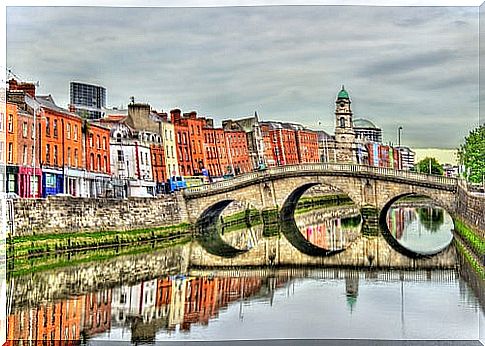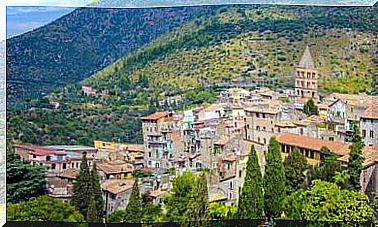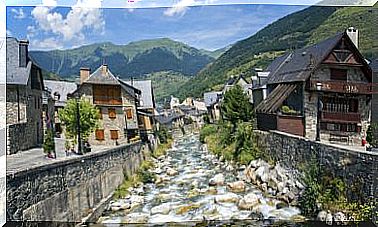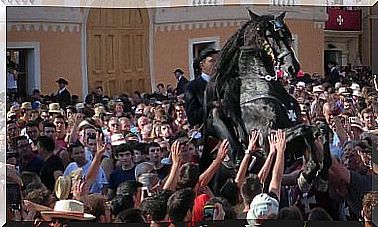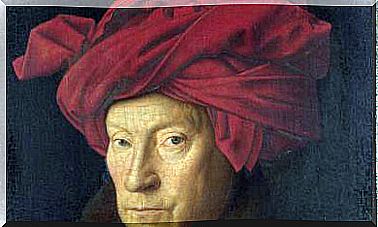St. Patrick’s Cathedral, The Largest In Dublin
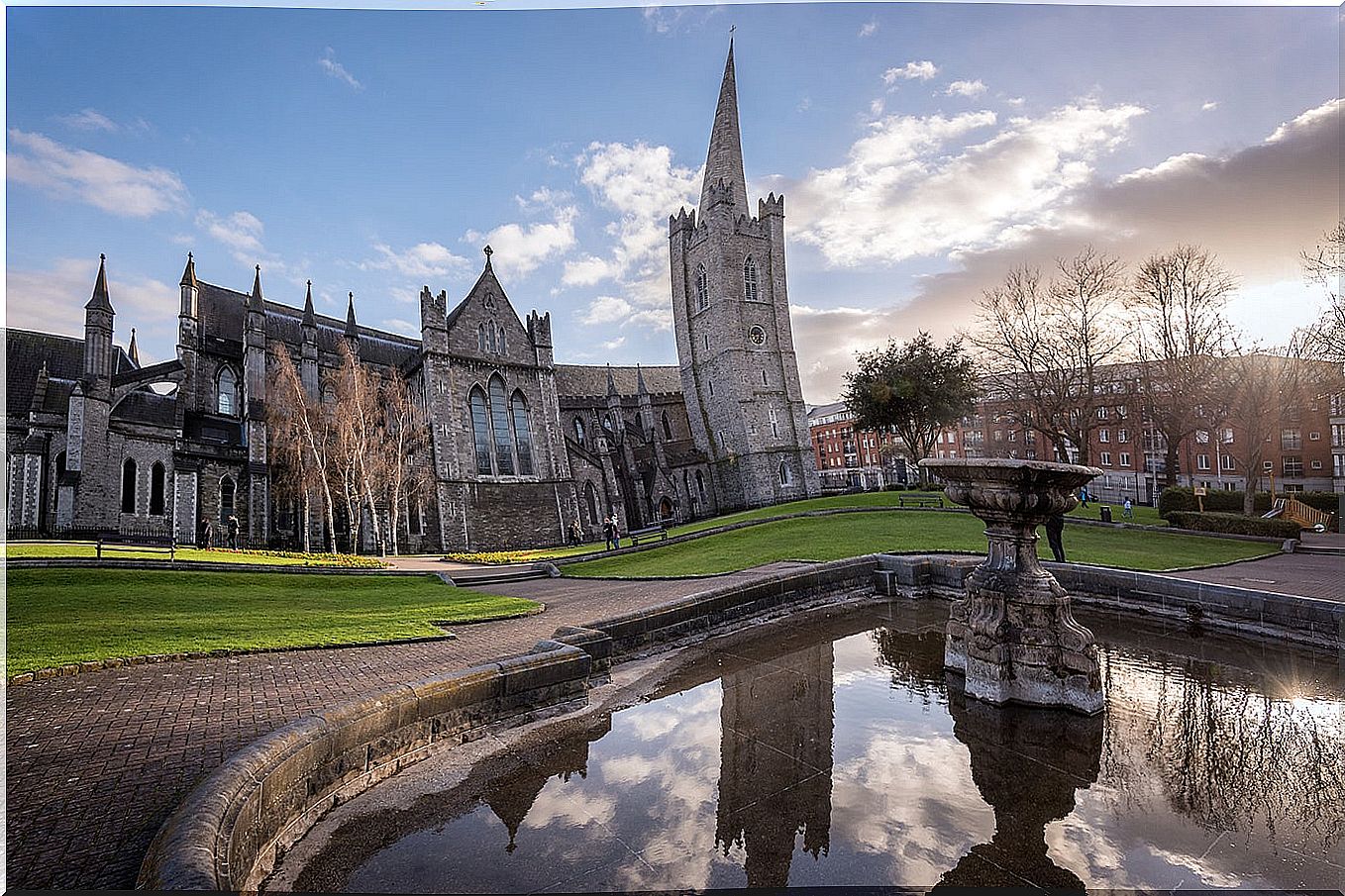
St. Patrick’s Cathedral is one of the most beloved buildings by the Irish people. It should not be forgotten that here the Catholic religion is a differential fact with respect to its neighbors in the United Kingdom. But beyond religion, this temple, the largest in all of Dublin, is a quite beautiful construction that you should not miss on your trip.
Dublin has two cathedrals
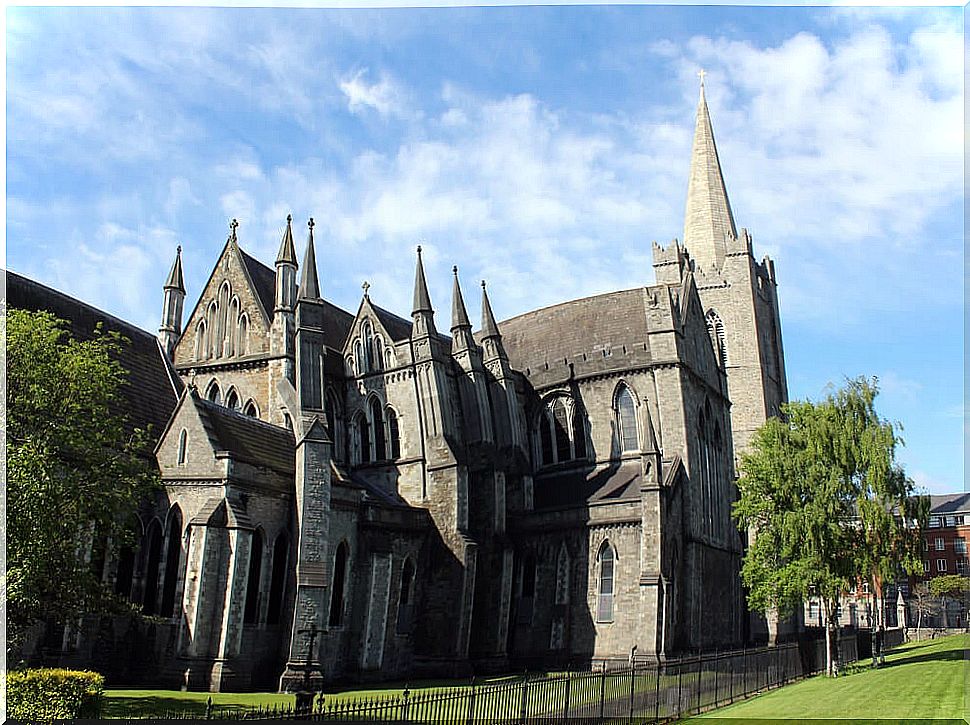
At a very short distance are the two largest temples in the Irish capital. They are barely separated by a street. To one side is the Christ Church Cathedral and a few meters away is St. Patrick’s Cathedral.
Both show a beautiful style of medieval inspiration. However, due to its larger size and the wide esplanade that surrounds it, Saint Patrick’s is spectacular.
Who was Saint Patrick?
We have all heard of St. Patrick’s Day. It is a festival that has been exported from Ireland to half the world and that is celebrated on March 17. But who was Saint Patrick?
Well, it is the character who promoted Christianity on the island of Ireland. A monk who freed them from the snakes that flooded this territory. And he managed to make them understand the mystery of the Holy Trinity by resorting to a very simple pedagogical resource: a clover. Hence, that plant is an Irish symbol.
In addition, this saint founded a first church next to a water well and there he baptized his followers. That would happen back in the 5th century. It would be then that a small wooden temple would be built in the same place where the imposing Cathedral of Saint Patrick stands today.
The current St. Patrick’s Cathedral
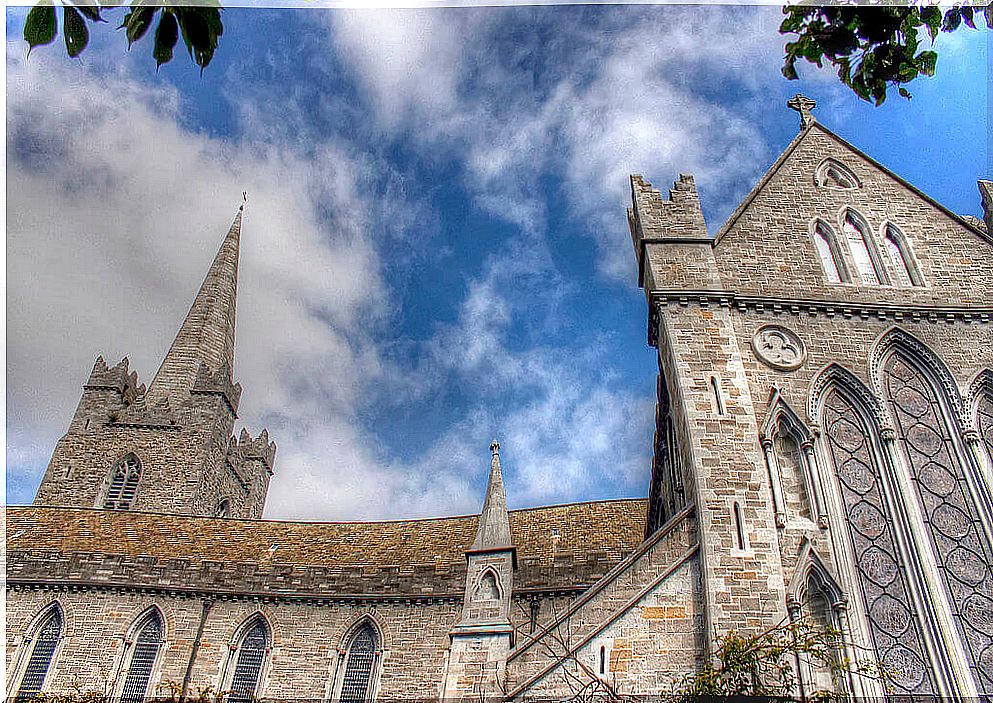
The initial wooden temple and much more modest than the current one would remain with certain modifications over the centuries. It was at the end of the 12th century when it was decided to build a stone church to replace it.
But don’t think it’s the one you’ll see on your trip to Dublin. No. That work ran the risk of collapsing, so in the last third of the 19th century a profound reform was carried out that modified its appearance. Of course, that reconstruction was done in a neo-medieval style.
A visit inside the cathedral
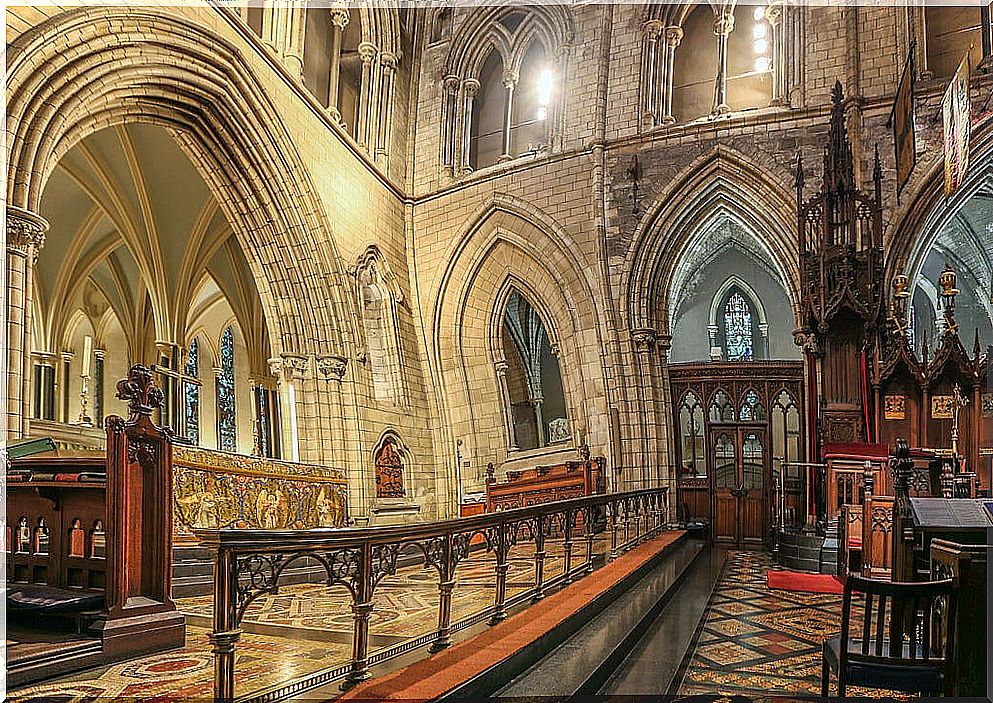
As we have said, the view from the outside of St. Patrick’s Cathedral is most attractive. But we also recommend a visit inside. There are very striking elements that show that this place is not only a religious space.
It is a place steeped in history, but also in the culture with which the Irish identify. Here we tell you some of the details of what awaits you inside the temple:
The baptismal font
We have already commented that the Cathedral of Saint Patrick is in the place where this saint baptized the Celts of the 5th century that he managed to convert into Christians. The well where it was made is not preserved. But despite the reforms and changes, the medieval baptismal font is still perfectly preserved.
The crypt
Also among the oldest of St. Patrick’s Cathedral is its crypt. Actually, the crypt, dating from the 12th century, is one of the oldest structures to be visited in all of Dublin.
The organ and the choir
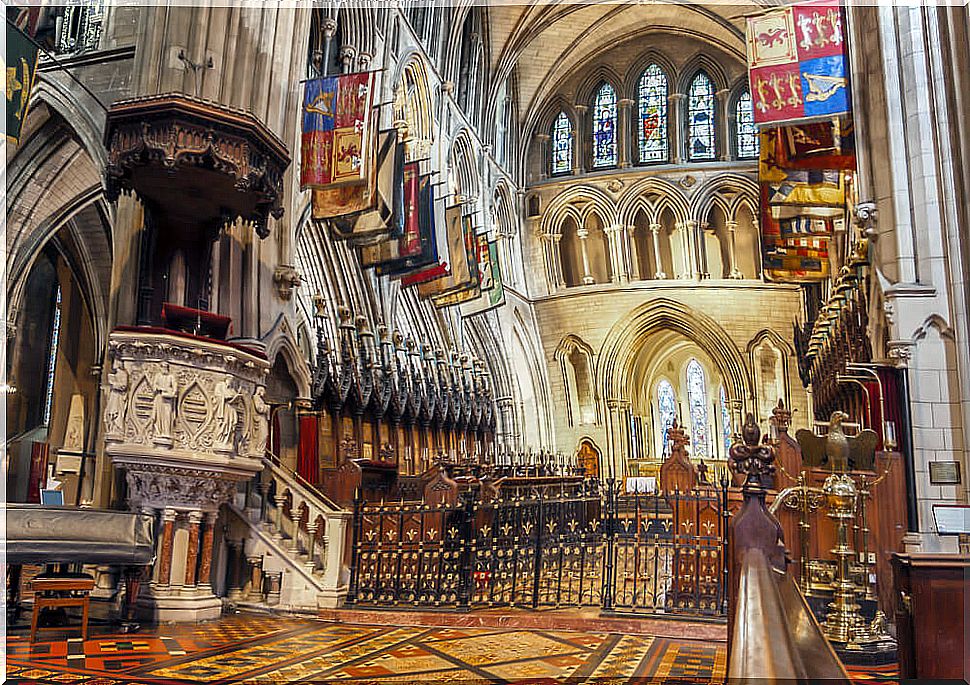
Another striking element of the visit is the large organ. An instrument composed of neither more nor less than 4000 tubes. And then there is the chorus. There the voices that first sang Handel’s Messiah were located in 1742. And later there the banners of the Order of Saint Patrick were installed that still fly.
Chapter Door
Under one of the pulpits you will see a door with a hole. It is a piece of the history of the place. The Earls of Kildare and Ormonde put their hand into that hole. Being one on each side they were able to settle their enmity in the 15th century.
Jonathan Swift’s grave
In the cathedral of San Patricio there are different characters buried. But surely none reach the universality of Jonathan Swift, author of Gulliver’s Travels . It is a pleasant surprise inside the church. Although the strange thing during a trip to Dublin is not to be surprised one after another.
